FOUND: The Actual Marine Chronometer That Accompanied Charles Darwin at the HMS Beagle on his Journey to the Galapagos Islands
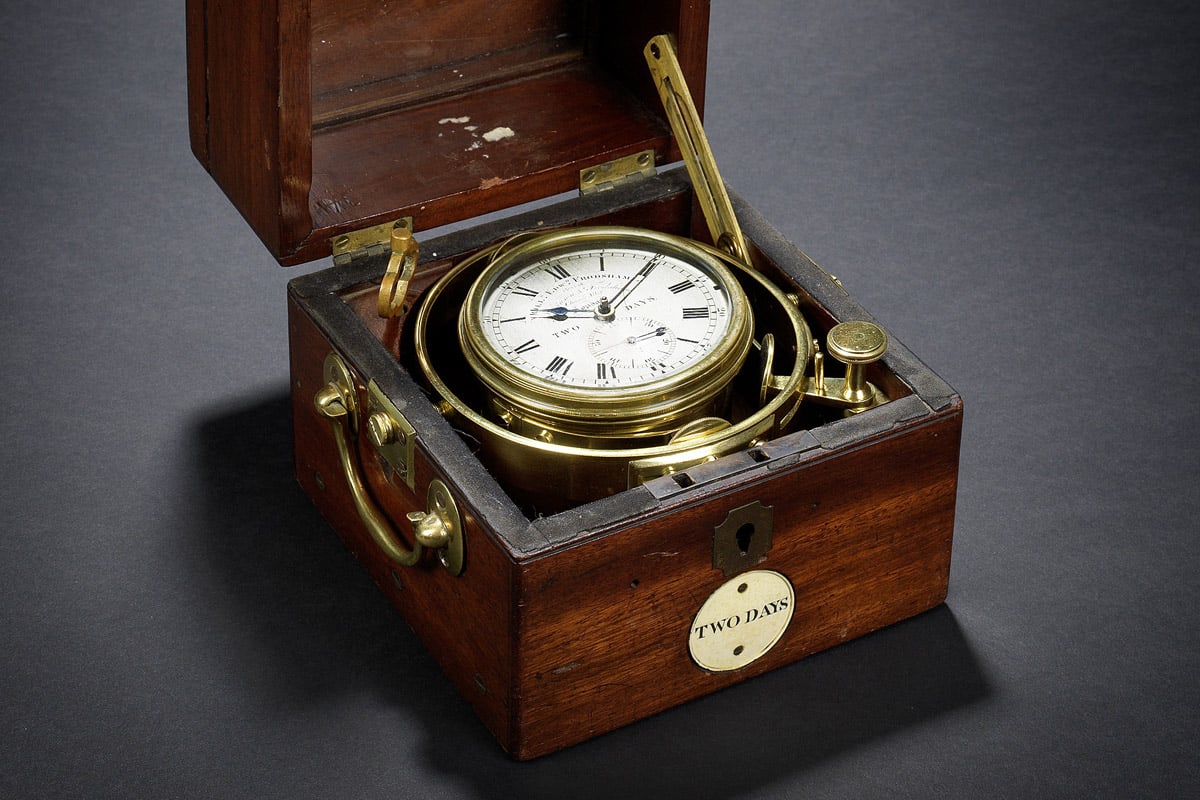
Yesterday we showed you four WW-II pilot’s watches, one of which was hidden in a prisoner of war’s underpants, and today we can show you the actual Marine Chronometer of the HMS Beagle where it was together with Charles Darwin, for his epic five-year voyage to South America and the Galapagos Islands. The British Admiralty sold it in 1911, and it disappeared from records, until now! You can own this important piece of history, as it will be auction by Bonhams, on July 9th in London.
This specific Marine Chronometer was one of 22 that where on the H.M.S. Beagle during its second voyage (1831-1836) under captain Robert Fitzroy. It sailed to the coast of South America and then sailed west across the South Pacific towards the Galapagos Islands, New Zealand and Australia, in order to help establish a chain of reliable navigational co-ordinates around the globe. On board was the young Charles Darwin and well, the rest is history.
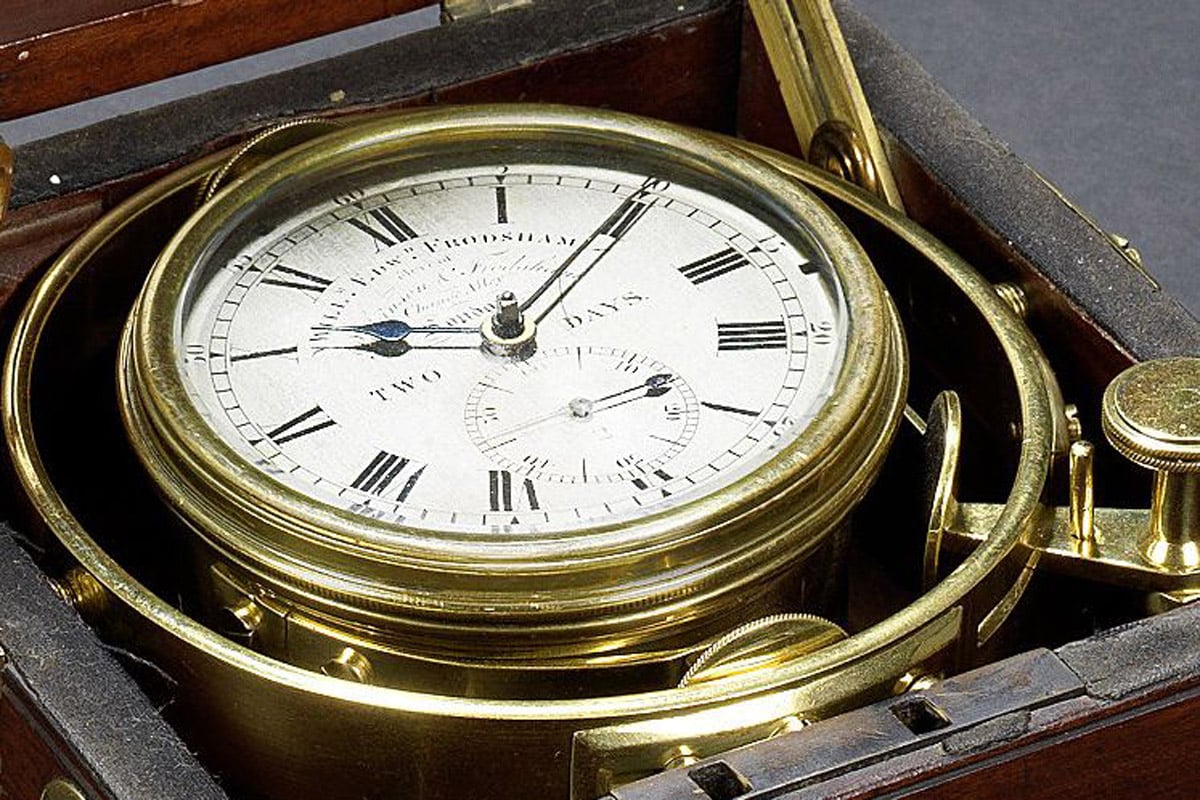
Darwin was chosen from a number of university candidates, to accompany captain Fitzroy as a “gentleman companion” with a scientific background to help record the geology of the region. Darwin was chosen from a number of university candidates, however he had to pay for all his own supplies. The five-year journey around the globe, also led them to the Galapagos Islands where they arrived in September 1835. The material and information gathered during this epic voyage ultimately led to Darwin’s theory of evolution, about which he published his 1859 book “On the Origin of Species.”
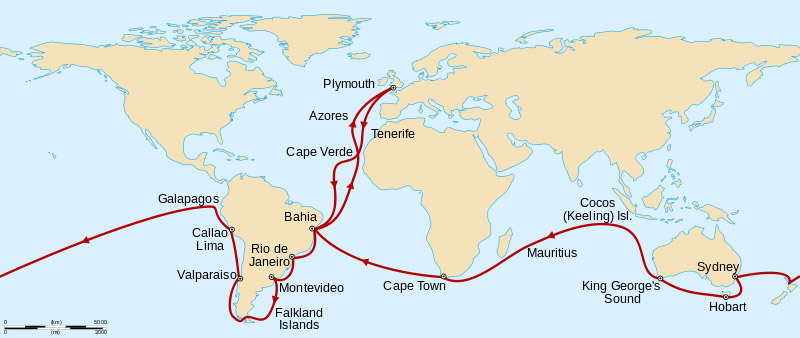
Now there is another reason why this is such a rare find. This previously unrecorded marine chronometer, dated 1825 and signed by William Edward Frodsham, was one of 22 that were on board HMS Beagle. Until now, only two other recorded chronometers from the ship are known to have survived, both of which are owned by the British Museum.
What is a marine chronometer?
A marine chronometer is a clock that is precise and accurate enough to be used as a portable time standard; it can therefore be used to determine longitude by means of celestial navigation. When first developed in the 18th century, it was a major technical achievement, as accurate knowledge of the time over a long sea voyage is necessary for navigation, lacking electronic or communications aids. The first true chronometer was the life work of one man, John Harrison, spanning 31 years of persistent experimentation and testing that revolutionized naval (and later aerial) navigation and enabling the Age of Discovery and Colonialism to accelerate.
source: wikipedia
This specific Marine Chronometer was the second chronometer produced by William Edward Frodsham (1804-1825), second son of a famous clock making family. Shortly after he completed this chronometer he died, however the chronometer was sent to Greenwhich to take part in the chronometer trials. It performed so well that it was purchased by the Admiralty and was first used on the HMS Beagle’s famous second voyage.
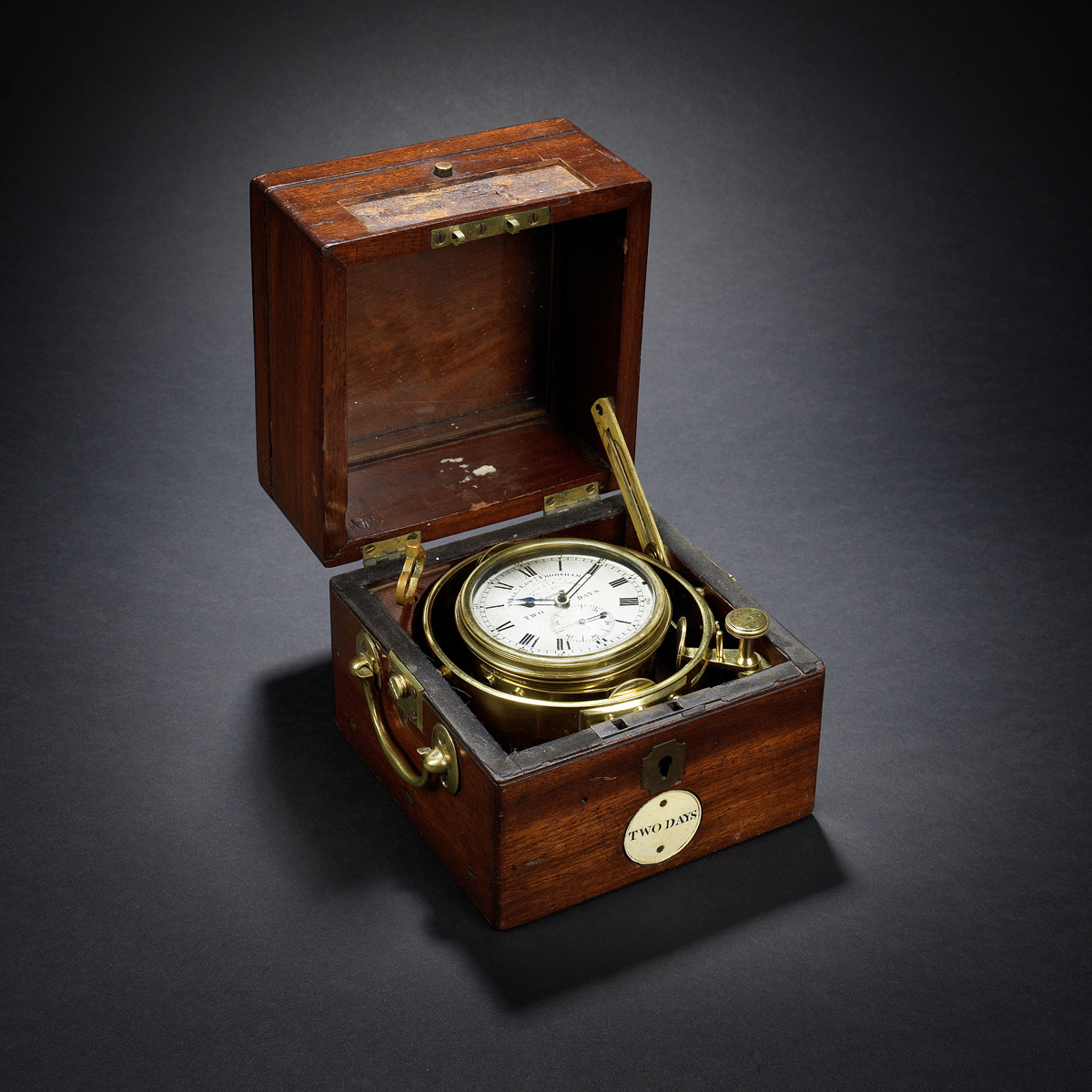
The W.E. Frodsham 2 Marine Chronometer was used for taking measurements between Devonport and San Carlos, and was then transferred to the HMS Constitution and continued the survey of the coasts of Chile and Peru. After this first voyage it served on 15 other ships between 1831 and 1911, after which it was sold.
It was more than 100 years before the HMS Beagle’s second journey, in July 1714 during the reign of Queen Anne, when the Parliament of the United Kingdom passed the ‘Longitude Act’. It established the Board of Longitude and offered a reward (Longitude Prize) for anyone who could find a simple and practical method for the precise determination of a ship’s longitude. It took John Harrison several attempts and finally he solved all problems with his H4 chronometer design in 1761, which submitted for the £20,000 longitude prize. And that was an astronomical amount back in the day.
In this close-up you can already see a bi-metallic balance wheel and a temperature-compensated spiral spring. Escapements are still based on (more or less) the same principles, however cylindrical spirals are not in use anymore. Only Montblanc and Jeager-LeCoultre have successfully implemented such cylindrical spirals in the past decade. Montblanc used not one, but TWO cylindrical spirals in their Tourbillon Bi-Cylindrique. One spiral inside the other, and these two spirals are mounted in a one-minute tourbillon cage! A few years later Jaeger-LeCoultre also used a cylindrical spiral in the Duomètre à Spherotourbillon, and once more in the JLC Master Grande Tradition Gyrotourbillon 3 Jubilee that was introduced last year.
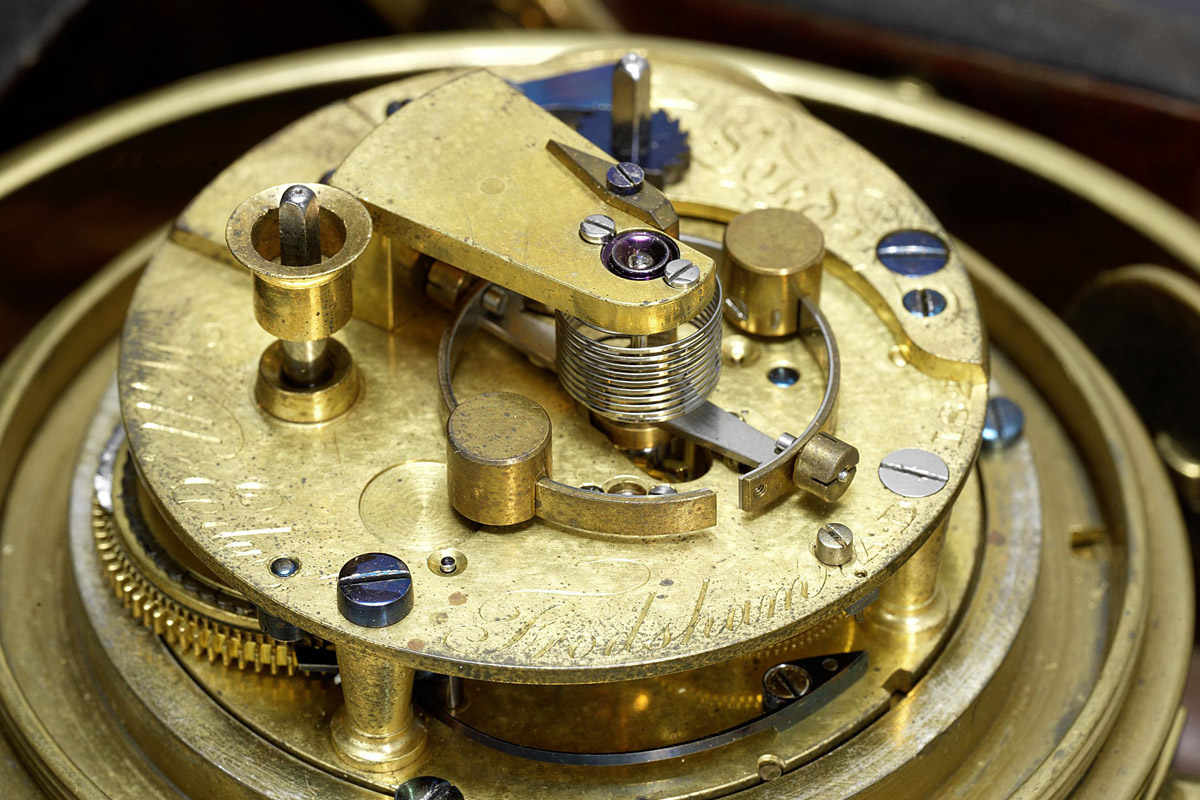
This important two-day marine chronometer that accompanied Charles Darwin on the HMS Beagle, the legendary Admiralty survey ship, has surfaced and will be auctioned at Bonhams. It will be offered in the 9th July Fine Clocks sale at New Bond Street, London with an estimate of £30,000-50,000.
Click here to go to Bonham’s website. You can already register to bid, but do not forget to mark the date of July 9th on your calendar!




2 responses
Pg 325 of https://archive.org/details/narrativeofsurve02voya states Frodsham 2 is a 1 day chronometer, as opposed to this being a 2 day. Is this explained anywhere?
That’s a good question, mister Gardiner. On the provided photos and description, it’s clearly a 2-days chronometer. Let’s hope that the folks of the auction house have rightfully stated that it’s the Frodsham 2.